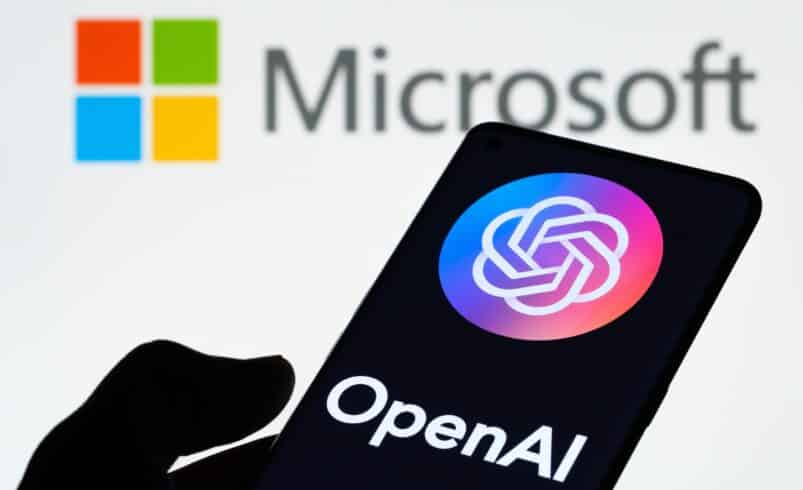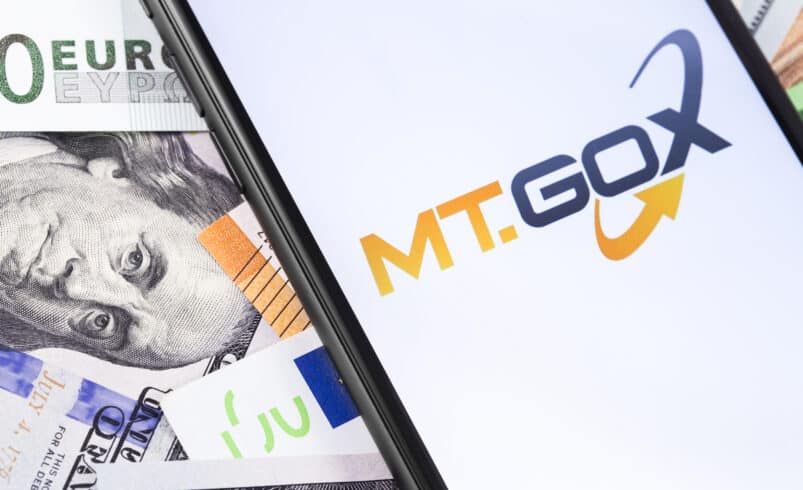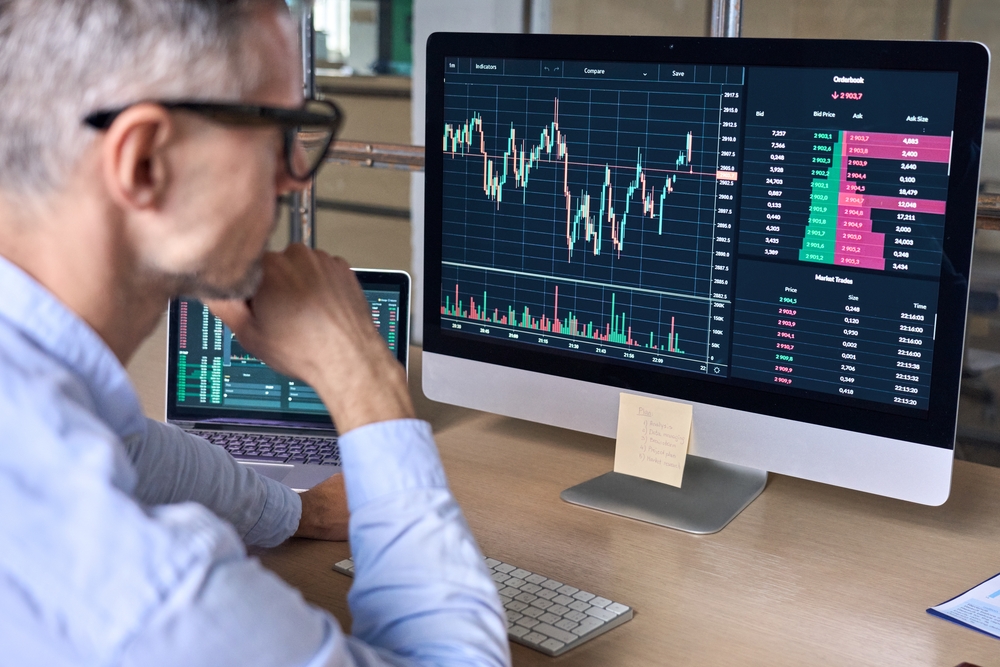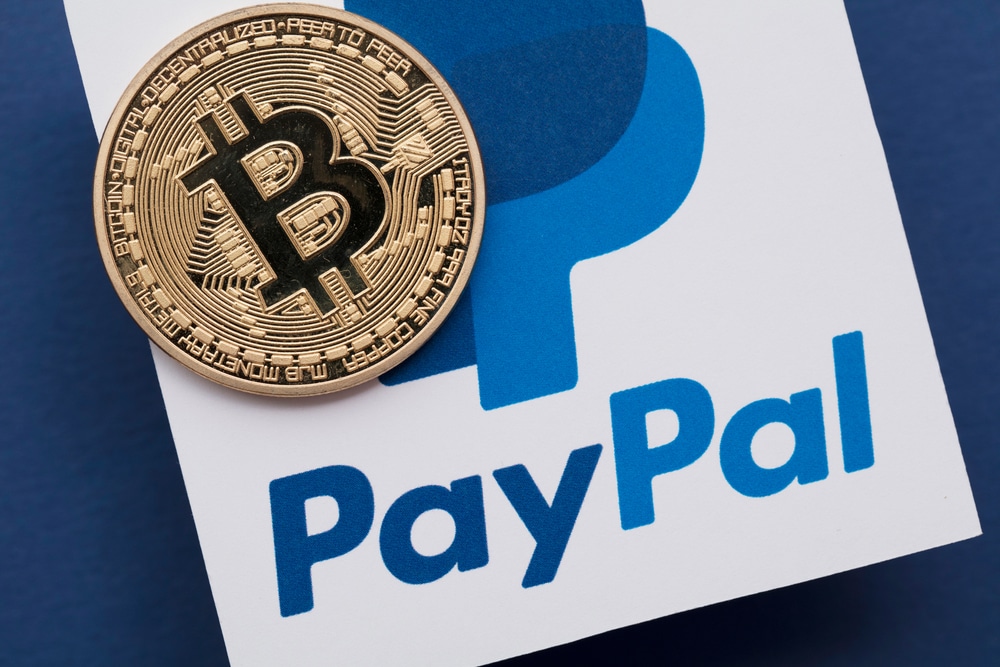The New York Times Takes Legal Action Against OpenAI and Microsoft

Key Insights:
- The New York Times challenges Microsoft and OpenAI, focusing on AI’s use of copyrighted media and its implications for journalism.
- Landmark lawsuit explores the balance between AI innovation and media rights, potentially reshaping future AI development and copyright laws.
- The Times’s legal action against AI leaders raises crucial questions about ethical AI practices and the protection of journalistic content.
The NYT has initiated a lawsuit against Microsoft and OpenAI in a significant development in the media and technology sectors. This action has emerged as a groundbreaking moment in the dynamic interface between artificial intelligence and the world of journalism. The lawsuit was filed in Manhattan’s federal court and is centered on allegations that the newspaper’s content was used without authorization to train AI chatbots.
Infringement Claims at the Forefront
The crux of this legal contention lies in the accusation that OpenAI and Microsoft have leveraged The Times’s journalistic work to develop and enhance their AI technologies. According to the newspaper, this move infringes upon its copyright, suggesting that the tech companies have created competing AI products utilizing its content without proper consent.
This lawsuit manifests the increasing anxiety regarding AI technologies within the publishing industry. Many publishers must be more apprehensive about potentially diminishing web traffic and revenues from AI-driven summarizations and repurposing their original content. The action taken by The NYT reflects a growing movement where content creators are actively challenging the methodologies employed by AI firms in using their intellectual property.
Broader Implications for AI Innovation and Media Rights
This legal challenge underscores a pivotal dilemma in the AI domain: balancing technological innovation with protecting content creators’ rights. The outcome of this lawsuit is poised to influence future development pathways for AI technologies, particularly in how they intersect with existing copyright frameworks. The New York Times seeks damages and aims to highlight the necessity of acknowledging and compensating for the journalistic efforts that underpin such technological advancements.
The ongoing dialogues and partnerships between AI entities and news publishers complicate the unfolding scenario. Notably, OpenAI recently agreed with Axel Springer, a major German publisher. However, discussions between The Times, OpenAI, and Microsoft have yet to culminate in a solution, leading to this legal standoff.
Significance of the Lawsuit in the AI-Journalism Nexus
The legal pursuit by The New York Times against OpenAI and Microsoft transcends the realm of copyright infringement. It symbolizes a critical juncture in the evolving relationship between journalism and artificial intelligence. As AI advances, its integration with traditional media and adherence to intellectual property rights remain essential issues.
This case is part of a broader trend of increasing legal scrutiny over the use of copyrighted content in training AI models. It signifies the rising unease among content creators about the potential misuse of their work in the rapidly advancing AI industry. The legal proceedings initiated by The New York Times could catalyze more stringent regulations in the AI sector, particularly regarding the use of copyrighted material.
A Turning Point for AI and Media Dynamics
The lawsuit represents a turning point in how AI technologies and media entities interact. It brings critical questions about the ethical use of journalistic content in AI development. Moreover, it underscores the need for a balanced approach that fosters innovation while protecting the rights and contributions of content creators.
The legal battle initiated by The New York Times against OpenAI and Microsoft is a landmark event, signifying a major shift in the dialogue between AI technology and the realm of journalism. The outcome of this lawsuit could have far-reaching implications, potentially reshaping the landscape of AI development and the protection of intellectual property in the digital age.
DISCLAIMER: It's essential to understand that the content on this page is not meant to serve as, nor should it be construed as, advice in legal, tax, investment, financial, or any other professional context. You should only invest an amount that you are prepared to lose, and it's advisable to consult with an independent financial expert if you're uncertain. For additional details, please review the terms of service, as well as the help and support sections offered by the provider or promoter. While our website strives for precise and impartial journalism, please be aware that market conditions can shift unexpectedly and some (not all) of the posts on this website are paid or sponsored posts.









